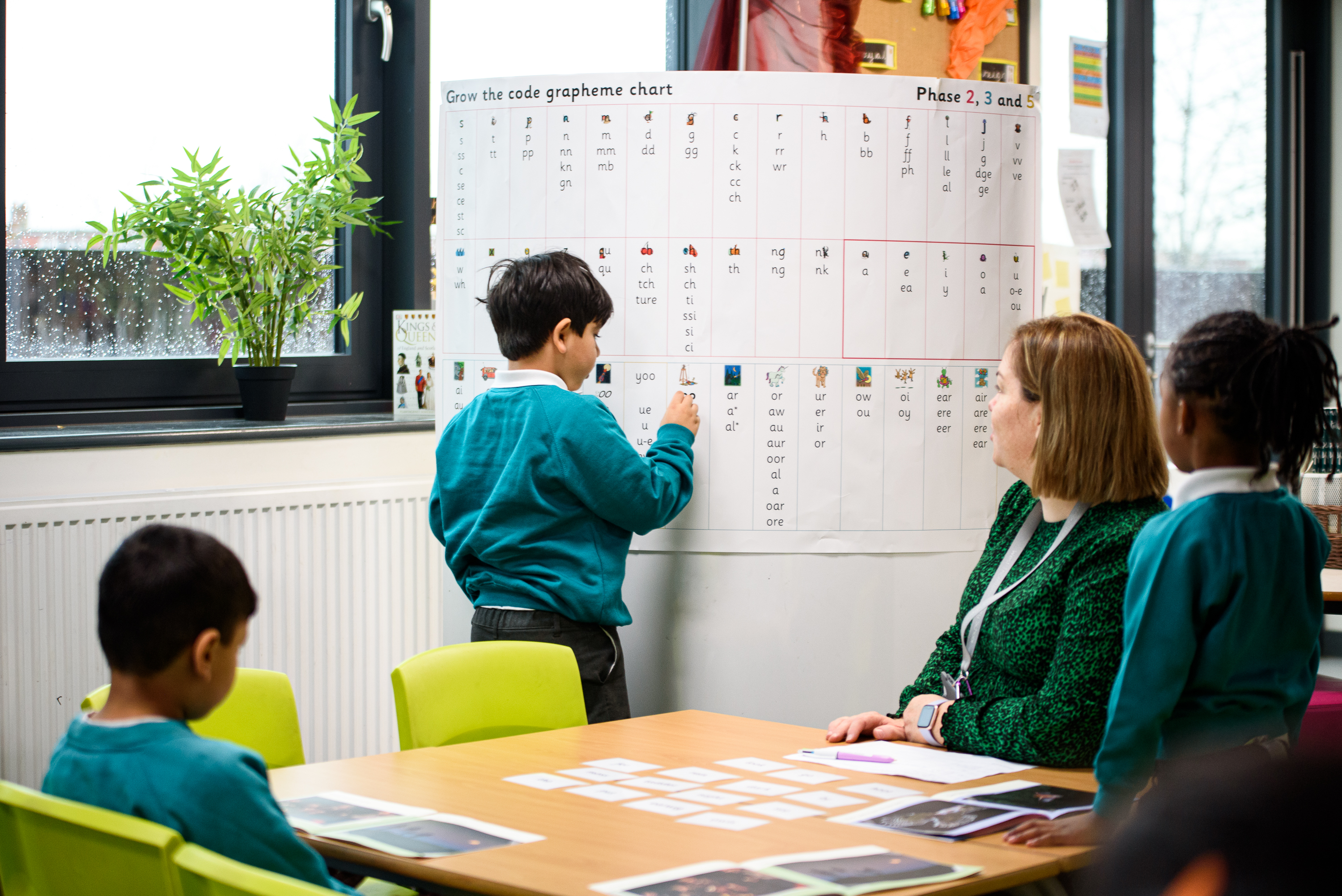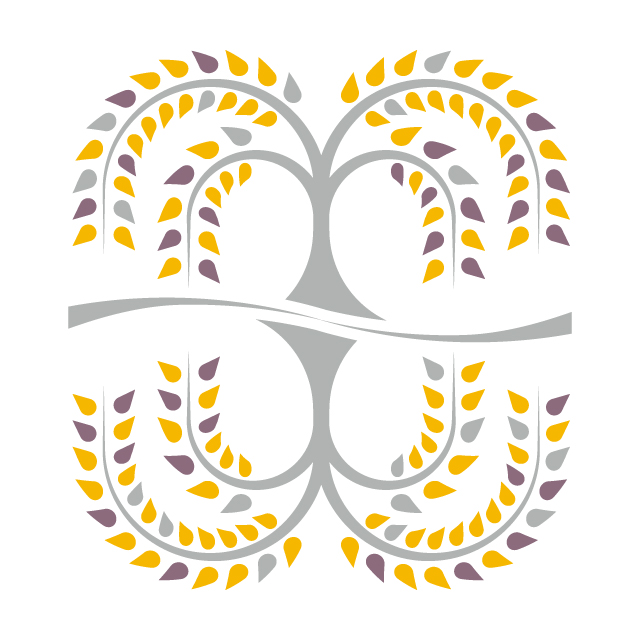Phonics
How we teach phonics
- In Reception and Y1, children follow the progression within Little Wandle Letters and Sounds Revised programme. Phonics is taught for 25 minutes every day.
- By the end of Reception, children will have been taught up to the end of Phase 3. If they are ready, children may start Phase 4.
- By the end of Year 1, children will have been taught up to the end of Phase 5.
- In Y2-Y3, phonic lessons are taught daily to children where appropriate – following the model of Little Wandle by plugging specific gaps identified through assessment.
- In Y2-Y6 there are planned catch-up sessions following a set model to address specific gaps. These are taking place at least three times a week, and are often used to target new arrival EAL children.
- All staff including support staff have regular CPD and are confident to deliver a quality first phonics session.

How we assess phonic knowledge
-
In Reception and Year 1, at the end of each week there is a review session which recaps the learning. There are also whole review weeks (pre-planned and bespoke review weeks to address gaps identified by the class teacher’s ongoing formative assessment).
-
Children identified in Reception and Y1 who are in danger of falling behind are immediately identified and daily ‘keep up’ sessions are put in place – sessions follow the Little Wandle Letters and Sounds Revised programme.
-
In Reception and Year 1, the children are assessed at the end of every half term using the Little Wandle Letters and Sounds Revised assessment tracker.
-
Children from Reception to Y2 are monitored by book band level. This is especially helpful for transition to the next class, so rapid progress can continue.
-
The children in Y1 sit the Phonics Screening Check in the Summer Term.
-
Children who do not pass the Phonics Screening Check in Y1, will re-sit this in Y2.
-
Children who are currently in KS2 who didn’t leave KS1 at the expected level are monitored by phonics knowledge and reading progress termly.
-
Children who are in Y2-Y6 and need ‘catch up’ sessions, are assessed through the teacher's ongoing formative assessment as well as half termly summative assessments.
What is phonics?
Phonics is a way of teaching children to read quickly and skilfully. They are taught how to:
- Recognise the sounds that individual letters make
- Identify the sounds that different combinations of letters make-such as 'sh' or 'oo'
- Blend these sounds together from left to right to make a word
Children can then use this knowledge to 'decode' new words that they hear or see. This is the first important step in learning to read.
The children are taught to read words by blending, which means pushing all the sounds together to make a word. The children are taught to spell words by segmenting, which means sounding out words and writing down the sounds they can hear.
By the end of Reception children are expected to be secure in Phase Three. By the end of Year One children are expected to be secure in Phase Five. When finishing Key Stage One, most children at West Thornton Primary School should be secure in Phase Six. This phase moves away from learning sounds and focuses on spelling rules and patterns.
Why phonics?
Research shows that when phonics is taught in a structured way-starting with the easiest sounds and progressing to the most complex-it is the most effective way of teaching young children to read. It is particularly helpful for children aged 5 to 7 years old. Almost all children who receive good teaching of phonics will learn the skills that they need to tackle new words. Children can go on to read any kind of text fluently and confidently, and read for enjoyment. (Department for Education)
Here are some links to information and websites that you may find useful to help you support your child in their early reading and writing skills.
At the end of Year One all the children in the country take a test called a Phonics Screening. They have to read 40 real and nonsense words. We call the nonsense words ‘Alien words’ and the children practice reading them every day.




